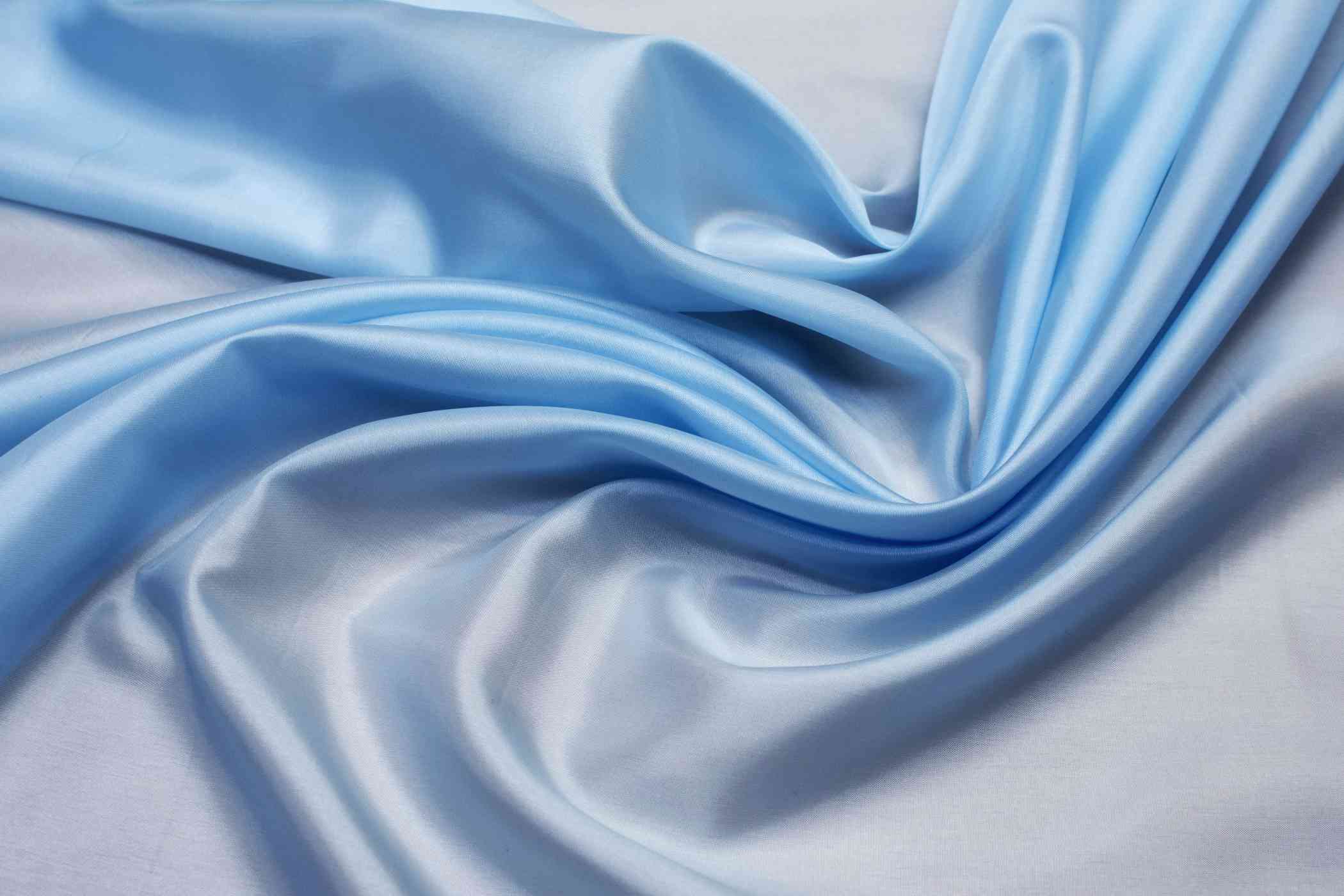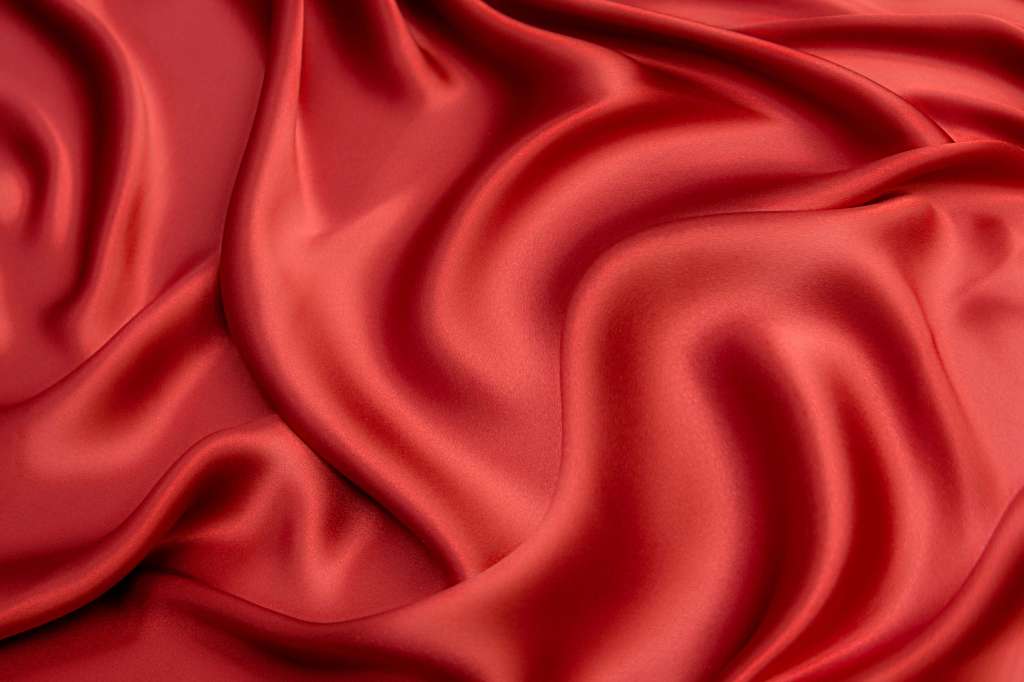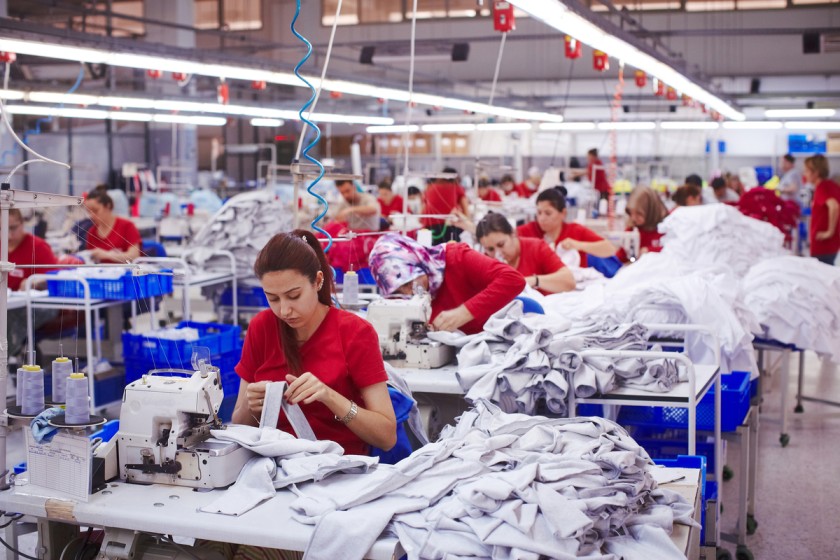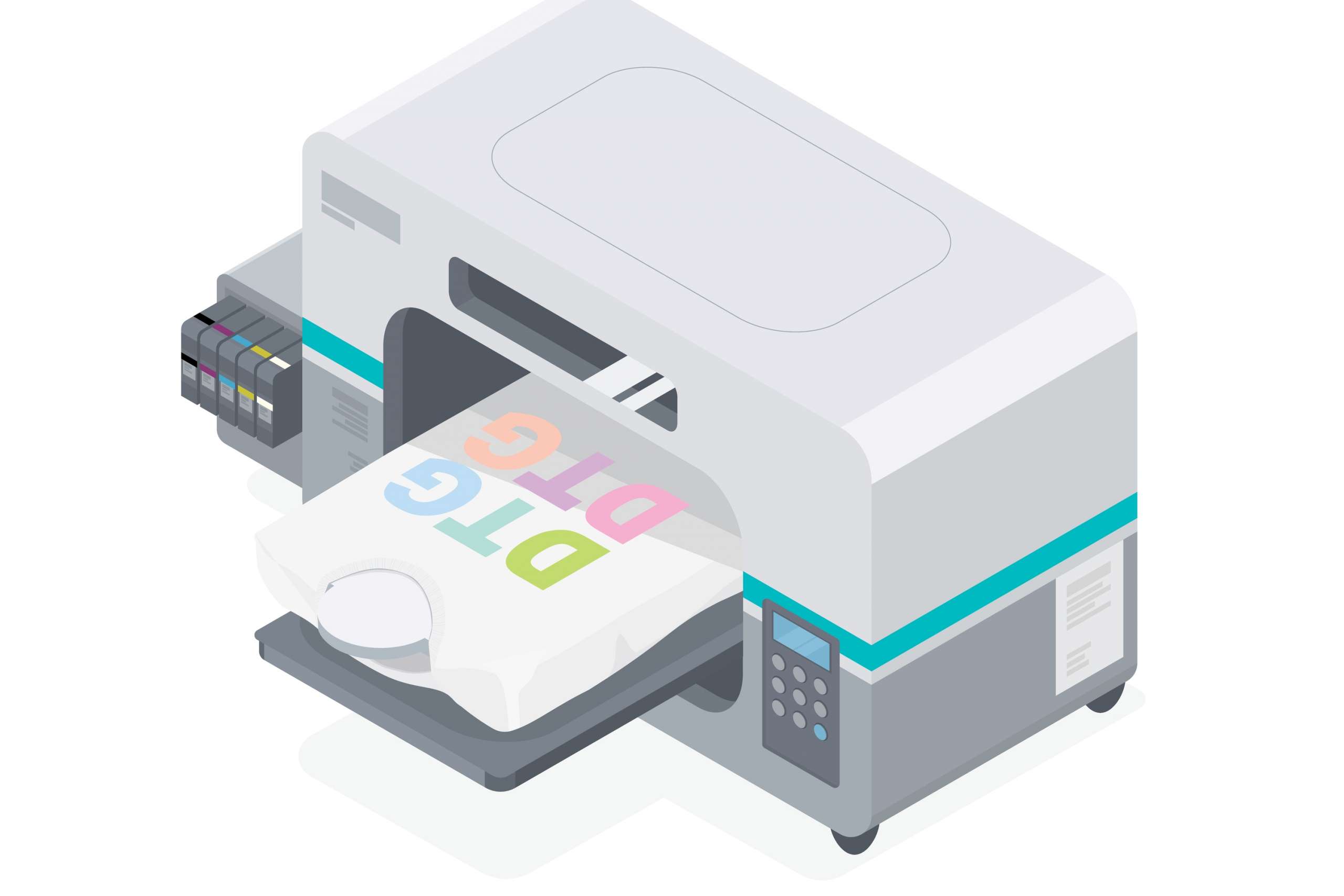Rayon : The synthetic alternative to Silk or Cotton



| Fabric | Rayon |
| Types | Viscose, Modal and Lyocell |
| Major Exporter | China |
| Used For | Clothing, household items, industrial belts, silk alternatives, towels, washcloths, or tablecloths |
| Thread Count | 300-600 |
| Breathability | High |
Rayon was the generic name for the regenerated cellulose fibre. It is a semi-synthetic fibre which has the same molecular structure as cellulose. It is obtained from natural sources of cellulose, such as wood and related agricultural products, especially wood pulp. It goes through a lengthy process of production before it transforms into a weavable fabric.
About Rayon fabric
Rayon is a popular choice of fabric in the fashion world. Many had seen rayon as an ‘artificial silk’ at the beginning of its discovery and uses because of the similar properties. In reality rayon is a common substitute for cotton. Rayon is referred to with various other names like Viscose, Art Silk, Tencel, Cupro, Modal. Rayon is the generic name for this whole group of fabrics. It is one of the oldest man made fabrics.
Short History of Rayon
Frenchman Count Hillaire de Chardonnet, the “Father of Rayon,” discovered in the 1880s that nitrocellulose from rags or wood pulp could be turned into fiber, thread, and fabric. In 1905, he started bulk production of the fibre in the United Kingdom. This new fibre soon became famous owing to its characteristic lustre, texture and soft feel. Initially it was called artificial or imitation silk. The US Federal Trade Commission (FTC) officially recognized and confirmed the term rayon as the regenerated cellulosic fibre in 1925.

Why is Rayon so popular?
Rayon has a versatile application in the fashion industry. It is soft and breathable. It drapes very well. The rayon fabric has a degree of moisture wicking profile and is resistant to stains. Rayon does not shrink and stays in size. It has a shiny appearance which makes the fabric look appealing. The fabric is easy to wash and dries quickly. Rayon is a wonderful alternative to silk as it has all the qualities of silk but is not as expensive. As a semi-synthetic fabric rayon can be recycled.

Uses of Rayon in the fashion industry
Clothing, household items, industrial belts, silk alternatives. Shirts, tops, skirts and dresses take up rayon. Rayon is a very popular choice of fabric in the fast fashion industry. Rayon is also used in household items like towels, washcloths, or tablecloths.

Leading exporters of Rayon
China is the leading exporter of rayon. India and Indonesia produce a huge amount of rayon too. The United States of America and the United Kingdom contribute some percentage of rayon production.
When to launch Rayon collection?
Rayon can be launched at any time of the year as it is popular for daily wear. Rayon is a fabric for all seasons for its breathable and lightweight properties.
Types of rayon
Viscose rayon is a semi-synthetic type of rayon fabric made from wood pulp that is used as a silk substitute, as it has a similar drape and smooth feel to the luxury material.
Modal is often blended with other fibers like cotton and spandex for added strength.
Lyocell. Lyocell is similar to modal in that it is made with beech trees, however the production process uses fewer harsh chemicals, making it more environmentally friendly.
Environmental Impacts
Rayon is not inherently a pollutant since the root ingredient is natural cellulose. It is because of this many see rayon as being equal to cotton in terms of sustainability. However, rayon cannot be seen as an eco-friendly fibre as a number of toxic chemicals are used in the process of production. These chemicals are not disposed properly and hence contamination of water has become an integral part of rayon production. Therefore rayon is not exactly an eco friendly fabric. Certification of rayon is complicated since the fibre is not purely organic. Most of the viscous or rayon products don't even look out for certification.



















